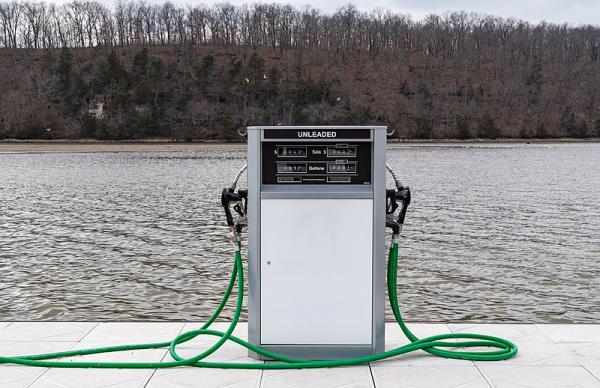All boats with engines need fuel, so this means as a boat owner you will often have to refuel your boat.
But many boat owners are unaware of everything they should do to make this as straightforward and safe as possible.
As a minimum, depending on your boat specific boat of course, you should be mindful of the following:
Refuel away from other vessels.
Display/hoist the international code flag “B” (bravo).
Moor vessel securely.
Shut down main engine.
Put all passengers ashore and clear of any refueling equipment.
Turn off pilot light to gas refrigerators and hot water systems, etc.
Cut off electric power at main switch.
Close all hatches and openings to prevent ingress of vapours to the hull and bilge.
Check for static electricity.
Have an onboard vessel spill control kit (including fire-fighting equipment), commensurate with the size of the vessel that you can easily access whilst refueling.
Place spill control equipment near the refuelling point and use if needed.
Prior to refuelling, determine the likely volume to be pumped into each tank.
Make sure adequate lighting is available.
Block scuppers and place buckets or safety bags at each breather while refuelling.
Do not start dispensing until the outlet nozzle is inserted in the tank.
Never lock or jam the trigger of a dispenser into an open position.
Adjust flow rate to suit tank to be filled.
Be aware that the flow regulating valve in fuel dispensing nozzles may foam diesel fuel, resulting in blow-back.
Maintain contact between hose nozzle and filler neck to prevent static sparks.
Maintain a visual check on the breather while refuelling.
While filling the tank, where possible, check for air escaping from the vent; when the tank is nearly full, you will feel a distinct increase in airflow, which is the signal to stop filling.
Don’t remove the filler hose until the fuel flow has stopped.
Lift the filler hose to drain all residual fuel into the tank.
Be aware vapour traces may remain in the lower extremities of vessel (ie hull and bilges).
If fuel has spilt into bilges, pump the bilges manually into sealed containers or pump ashore and leave the vessel wide open for at least 30 minutes to ventilate.
Only permit passengers aboard when the vessel is completely free of vapours and the engine has been started again.
Refuelling doesn’t have to be complicated and it certainly doesn’t have to be dangerous!
All you need to do is plan ahead and follow these simple steps.
If you have any questions about refuelling or anything else related to your boat, you can always contact Marine Rescue Gladstone at: james.harris@mrq.org.au






